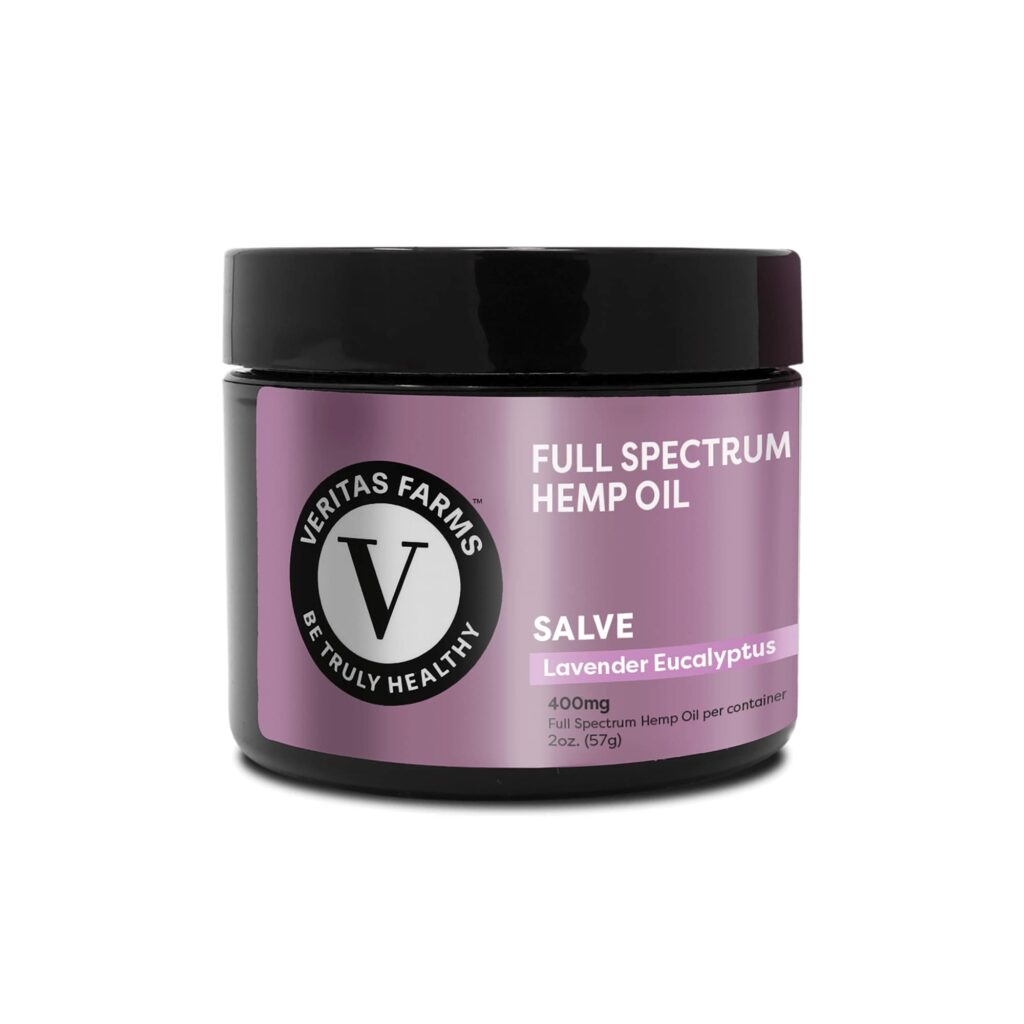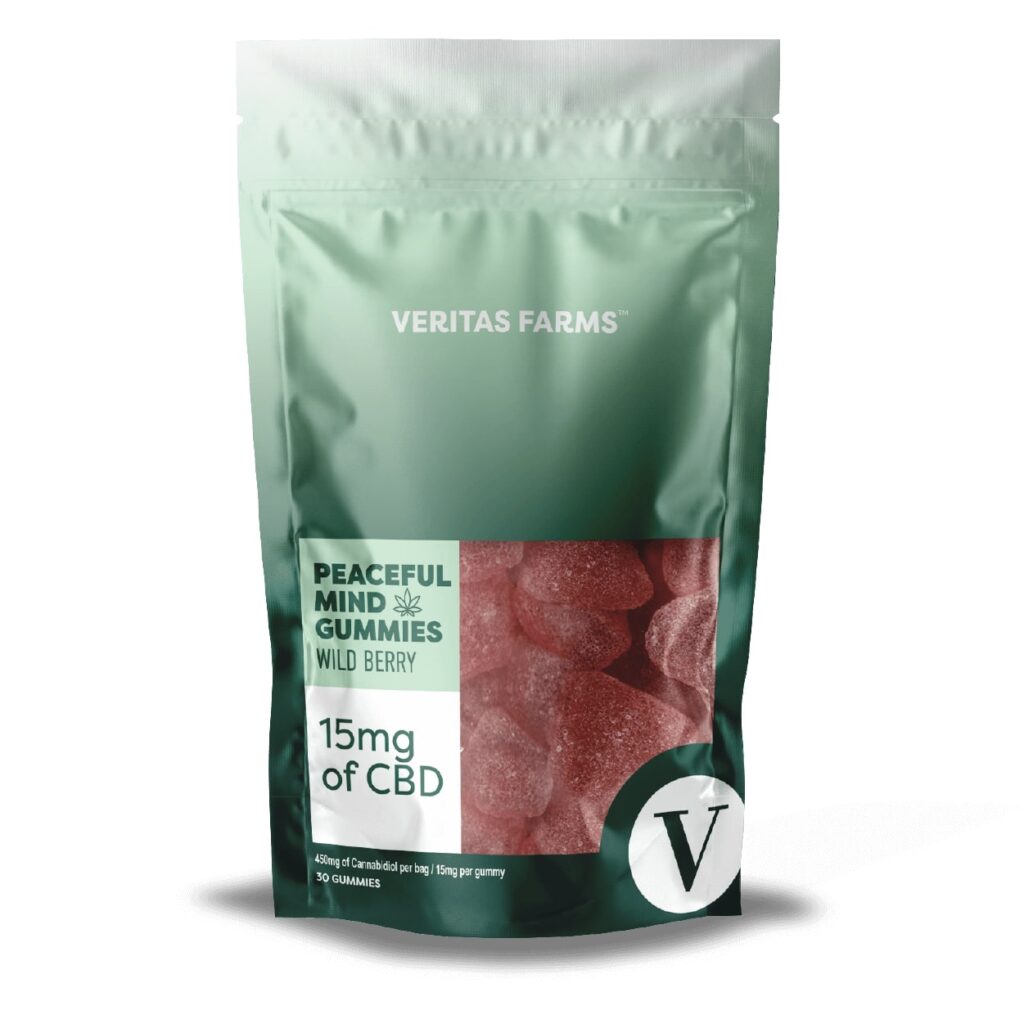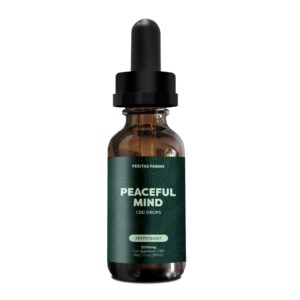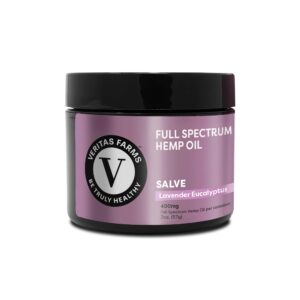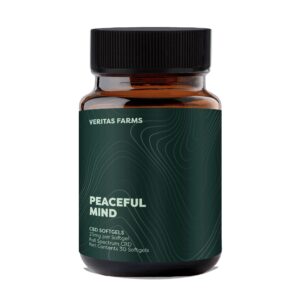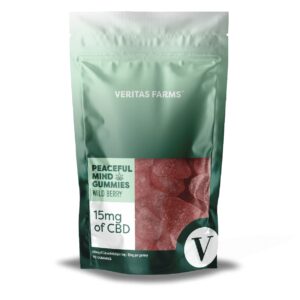The Complete Guide to Cannabinoids
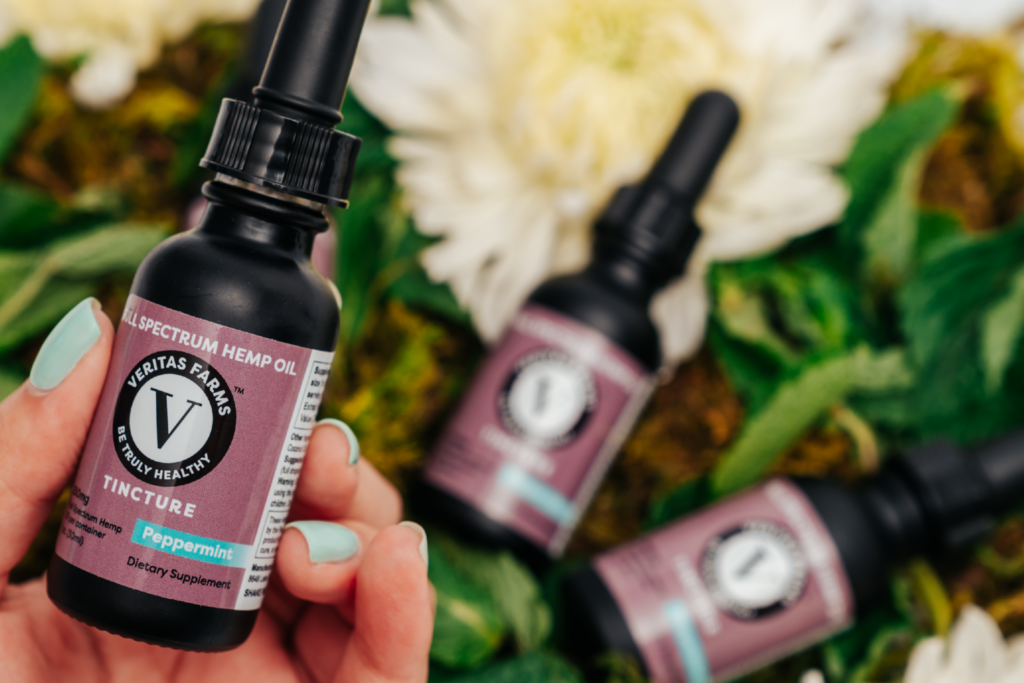

Airi Macaluso
Medical Hemp Expert, Hemp Wellness Consultant, and Long-Time Cannabinoid Writer
Cannabinoids are natural compounds that are found in Cannabis sativa plants. There are about 480 different compounds found in cannabis plants, and more than 100 cannabinoids have been identified. Some of these cannabinoids have gotten a lot of attention in recent years, such as THC and CBD, but there are many others that you should know about if you are considering cannabis products. Let’s go through a brief cannabinoids list!
What Are Cannabinoids?
As mentioned, cannabinoids at the most basic level, are chemical compounds found naturally occurring in cannabis plants. Cannabinoids produced by cannabis are called phytocannabinoids. What makes cannabinoids special is that they have a unique ability to interact with certain receptors in our cells, leading to a wide variety of effects on the body.
While there are currently more than 100 different cannabinoids that have been isolated, only a few of them have been extensively studied for how they impact the body via the endocannabinoid system.
What Is the Endocannabinoid System?
The endogenous cannabinoid system (ECS), or endocannabinoid system, is a network of cell receptors in the body that can interact with natural and synthetic cannabinoids. Without the ECS, cannabinoids would have no effect on our bodies. The ECS even produces its own cannabinoids, which are called endocannabinoids.
Surprisingly, we know a lot more about cannabinoids produced in cannabis plants than we do about the ones our bodies produce. We still haven’t figured out exactly how our bodies make endocannabinoids, but we have identified a few of them.
There are two classes of cannabinoid receptors in the body. The first exist primarily in the brain, and they are called CB1 receptors. CB1 receptors have also been found in the eye and retina, as well as both the male and female reproductive systems.
The second type of ECS receptors are called CB2 receptors, and they primarily exist in the immune system and spleen. Research has shown that CB2 receptors are responsible for the soothing nature of cannabis, especially CBD, and researchers believe that CB2 receptors may be the reason that cannabis has medicinal and therapeutic effects in the human body.
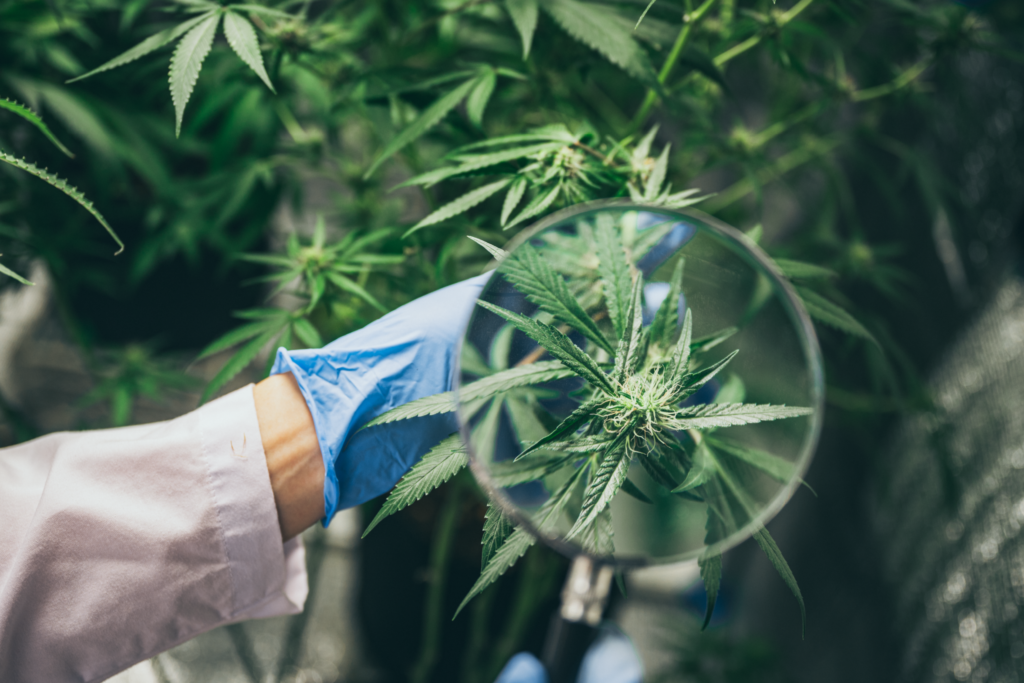
How Do Cannabinoids Interact With the Endocannabinoid System?
Let’s talk about how cannabinoids work in our bodies. Cannabinoids have an interesting relationship with the endocannabinoid system (ECS), and the interactions between the two create a range of beneficial effects.
Picture endocannabinoids as endogenous (aka, internal) messengers that engage in an intricate dance inside our bodies. One of the key players is anandamide, which some love to call the “bliss molecule.”
“The body releases anandamide at breakthrough moments where we feel euphoric. Researchers believe that it’s a key player in the phenomenon of a “runner’s high” that some people experience after they have an amazing workout. Anandamide serves as a neurotransmitter, and it binds to the CB1 and CB2 receptors throughout the central nervous system and peripheral tissues,” clarifies Macaluso.
“The second key player is called 2-ag, which is short for 2-Arachidonoylglycerol. This cannabinoid works primarily with CB1 receptors. It can influence cognitive processes, mood processes, and the processes throughout our body that work to manage our perception of discomfort,” Macaluso adds.
When exogenous (aka, external) cannabinoids enter the scene, they pair perfectly with these receptors, supporting a range of processes and responses such as discomfort, mood, appetite, and immune health.
Unique Characteristics of Cannabinoids
It’s important to note that each cannabinoid exhibits its unique characteristics during this time, so, let’s break it down.
Picture this. You’ve got THC, the big shot of the cannabinoid world — and the main psychoactive cannabinoid. It’s like that friend who loves to be the center of attention at parties. It’s well-known for linking arms with something called CB1 receptors in your body, creating that famous “high” feeling.
Then, there’s CBD. CBD is the ultimate multitasker — it doesn’t just stick with the CB1 and CB2 receptors, but it mingles with all kinds of non-cannabinoid receptors, showing off its jack-of-all-trades skills. CBD is kind of like a little black dress. It’s perfect for almost every occasion and it matches with everything.
But what’s a party without the music and the mood, right? That’s where terpenes come in. They’re the DJs of the cannabis world, hanging out in tiny structures called trichomes. Terpenes are the ones responsible for the unique flavors and smells of different cannabis strains — but they’re not just there for the sensory experience!
They’re also mixing things up with receptors and neurotransmitter systems in your body, turning the dial up on how the cannabinoids affect you. They’re like the life of the party that brings everyone together and gets them dancing!
Types of Cannabinoids
The most common cannabinoids present in cannabis plants are:
- Tetrahydrocannabinolic Acid (THCA)
- Tetrahydrocannabinol (THC)
- Cannabidiolic Acid (CBDA)
- Cannabidiol (CBD)
- Cannabinol (CBN)
- Cannabigerol (CBG)
- Cannabichromene (CBC)
- Tetrahydrocannabivarin (THCV)
- Cannabinodiol (CBDL)
- Cannabicyclol (CBL)
- Cannabielsoin (CBE)
- Cannabitriol (CBT)
Let’s take a closer look at each different type of cannabinoid.
Tetrahydrocannabinolic Acid (THCA)
THCA is the precursor to THC. When cannabis grows, it creates cannabinoids as carboxylic acids. These often undergo a process called decarboxylation, which converts the acids into non-acidic compounds. THCA is abundant in fresh cannabis, but it depletes when exposed to light or heat, which turns it into THC.
Interestingly, THCA is non-psychoactive because it doesn’t bind to CB1 receptors in the body. It doesn’t bind well to CB2 receptors, either. To get much benefit from THCA, you would need to ingest raw cannabis.
Tetrahydrocannabinol (THC)
THC gets a lot of attention because it is a psychoactive cannabinoid associated with the “high” feeling people experience when they use marijuana. To produce this “high,” THC binds to both CB1 and CB2 receptors.
THC triggers the brain to release dopamine, and it interferes with how information is processed in the brain. It has also been used for medicinal purposes for thousands of years around the world.
There are many isomers of THC that are usually indicated with a number, such as delta-9-tetrahydrocannabinol, which is often shortened to delta-9. Delta-8 and delta-10 are other popular cannabinoid products, too. These are all closely related compounds but may have different psychoactive effects.
Cannabidiolic Acid (CBDA)
CBDA is a cannabinoid precursor compound that converts to CBD in a process called decarboxylation, which occurs when cannabis is exposed to heat or sunlight. CBDA is somewhat unique because it doesn’t bind with either of the endocannabinoid receptors in the body. Instead, it’s thought to interact with the cyclooxygenase-2 (COX-2) enzyme, which is commonly associated with tension and discomfort post-injury or after an infection. For this reason, researchers are looking into how CBDA can help with soothing tension and discomfort relief.
Cannabidiol (CBD)
CBD is arguably the most common non-psychoactive cannabinoid, and it’s often considered the “main cannabinoid.” It has gained a lot of fame due to its many benefits. CBD is one of the most popular cannabinoids marketed today, as it is associated with providing a sense of relief, calm, and rest. CBD is also being extensively studied for many different potential medicinal benefits for various conditions.
Cannabinol (CBN)
CBN is created as THC breaks down, meaning that older cannabis flowers tend to contain more CBN than younger ones. As a byproduct of THC, many people assume that CBN will provide the same “high” sensation. However, it is only mildly psychoactive and is mostly associated with a calming effect. The benefits of CBN are numerous and include promoting calmness and rest, providing relief from discomfort, and boosting immune function.
Cannabigerol (CBG)
CBG is generally found in low levels in most cannabis strains because it is caused by the degradation of cannabigerolic acid (CBGA) when cannabis plants are exposed to heat or light. While researchers are still exploring CBG’s full potential, it is currently known to help with rest and appetite support.
Cannabichromene (CBC)
Like many other cannabinoids, CBC is formed as cannabichrome carboxylic acid (CBCa) breaks down through decarboxylation. CBC is associated with a wide range of benefits. A few of these benefits include relieving discomfort, soothing tension, reducing the appearance of blemishes, and more.
Tetrahydrocannabivarin (THCV)
THCV is part of the “varin” group. While THCV has a lot in common with THC, it has a slightly different chemical structure and produces different effects. It is believed that THCV works as more of a blocker than an activator of CB1 receptors. However, the data on that is mixed.
Cannabinodiol (CBDL)
CBDL is a psychoactive cannabinoid that is similar to CBD. CBDL occurs during the photochemical conversion of CBD, which is what makes them so similar. There isn’t much information on CBDL, currently.
Cannabicyclol (CBL)
CBL is a minor cannabinoid that occurs when CBC starts to degrade. It is believed that CBL is non-psychoactive, but researchers know very little about this cannabinoid.
Cannabielsoin (CBE)
CBE is a non-psychoactive cannabinoid that was first mentioned in 1973. Since then, many studies have been conducted on CBE, but not much is known about the advantages of this cannabinoid.
Cannabitriol (CBT)
CBT was discovered in 2011, and not enough research into this cannabinoid has been done to understand what CBT really does within the human body. It is also currently unclear whether or not CBT is psychoactive.
With so many different cannabinoids in cannabis plants—many under-researched—it is hard to truly understand all of them. We briefly touched on a few of the most discussed cannabinoids, and even many of those are awaiting further research before we can truly understand them. Knowing all this, it is clear that cannabis is an incredibly complex plant.
A Note on Entourage Effect
Many phytocannabinoids have complementary effects on the ECS, and so the presence of minor cannabinoids in products made with full spectrum hemp oil is believed to have a stronger effect than the individual compounds on their own. For example, CBD isolate only contains CBD without any of its friends (aka, cannabinoids like CBN, THC, and CBG, as well as flavonoids and terpenes). Because of this, CBD acts alone, and won’t contribute to the entourage effect.
Even though the concentration of minor cannabinoids are frequently much lower than compounds like CBD or THC, they contribute to the total experience and reinforce the main effects of the high concentration compounds.
“Even though the entourage effect is a wonderful thing, CBD alone can still promote a lot of beneficial effects. If you can’t use products that may contain trace amounts of THC or you’re a little uncomfortable with the idea of doing so, you can always use a CBD isolate product. CBD alone can still work to support relaxation and promote a calm mood,” highlights Macaluso.
Do All Cannabinoids Contribute to the Entourage Effect?
The entourage effect is often celebrated for its potential benefits, and is sought out by many people using cannabinoids — however, not all cannabinoids play an equal role in this phenomenon.
The entourage effect is the golden theory of the cannabis kingdom, the secret handshake between cannabinoids, terpenes, and other goodies found in cannabis. It’s like that killer combo of chocolate and peanut butter — each element is good on its own, but when they come together, that’s when the real magic happens.
The idea here is that the whole party of compounds throws a much more fabulous soiree than any one guest could do alone. It’s like having your favorite band play at your party instead of just the lead singer — everything just syncs up and amplifies.
The Entourage Effect in Full Spectrum Products
This entourage effect is often tied to the party guests labeled “full spectrum products,” which are basically the entire squad of cannabinoids showing up in full force. But remember, not all party-goers are created equal. Each cannabinoid arrives with its own unique flair and possible party tricks.
Take THC, for example, it’s like the lead singer of this cannabinoid concert. It’s said to amp up the overall vibe of cannabis and cannabinoids, turning a get-together into a full-blown rager. Then, there’s CBD, the back-up vocalist that boosts everyone else’s sound. When it mixes with the crowd, it raises the roof, adding to that sought-after entourage effect.
Yet, like any good party, there are some wallflowers, too — not all cannabinoids contribute equally to the entourage effect, and some have a more limited impact. Certain minor cannabinoids, present in smaller amounts, might not shake things up as much.
Think of them as the guests who enjoy the snacks in the corner — they might not be busting a move on the dance floor, but they still contribute to the party vibe in their own chilled-out way. However, their overall impact on the entourage effect may be a bit more subtle compared to headline acts like THC and CBD.
Do All Cannabinoids Contribute to the Entourage Effect?
Broad spectrum CBD products have also gained popularity among those looking to harness the benefits of cannabinoids while avoiding the more rowdy presence of THC. These products undergo additional processing to remove THC while still leaving behind the rest of the good stuff.
Broad spectrum goodies might sound like the life of the cannabinoid party, and they do have a hefty mix of cannabinoids, terpenes, and other plant extracts — but it’s worth knowing that they don’t quite throw down like full spectrum products.
When THC, the rockstar of the cannabis world, leaves the party (that’s the broad spectrum formulation for you), the synergy changes, and the entourage effect might not be as profound.
The absence of THC in broad spectrum formulations alters the dynamic between the other cannabinoids, potentially diminishing the overall entourage effect. It’s like that one friend who serves as the real “glue” in the friend group.
The Wrap-Up
Cannabinoids are fascinating natural compounds found in cannabis plants, with more than 100 different cannabinoids identified so far. The way they interact with the ECS cell receptors in our bodies leads to various effects.
Cannabinoids like THC, CBD, and others exhibit unique characteristics when interacting with the ECS. In many cases, these effects can be amplified by the entourage effect, but not all cannabinoids will contribute equally to this effect. Especially if the cannabinoid is broad spectrum instead of full spectrum.
At Veritas Farms, our goal is to provide education for those who wish to explore CBD. If you are interested in learning more about CBD, check out our CBD blog. You can also browse our full selection of CBD oil products that include edibles and other supplements!
Sources:
Cannabis (Marijuana) and Cannabinoids: What You Need To Know | NCCIH
Phytocannabinoids Beyond the Cannabis Plant – Do They Exist? | PMC
An Introduction to the Endogenous Cannabinoid System | PMC
What Is CBC and What Are the Benefits of This Cannabinoid? | Leafly
You may also be interested in…
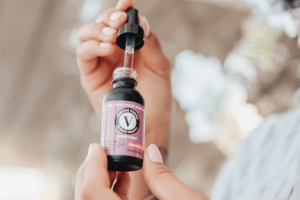
How Long Does CBD Stay in Your System?
CBD, or cannabidiol, is the awesome non-psychoactive compound found in hemp and cannabis plants. People love it for its potential wellness benefits, like promoting restfulness, feelings of calmness, and more.…
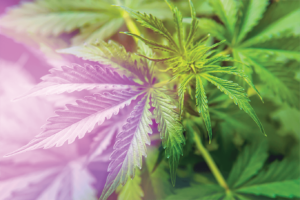
What Is the Entourage Effect?
Cannabis plants look quite simple; however, when you look at compounds from the plant, you will find hundreds of different molecules. While many of these compounds aren’t discussed in regular…

CBG (Cannabigerol): What It Is and What It Does
There are many different types of cannabinoids produced by the cannabis plant. Most people know about THC (tetrahydrocannabinol) and CBD (cannabidiol), but cannabigerol (CBG) is another cannabinoid that has recently…
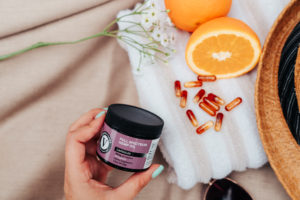
CBD Dosage: A Guide to How Much CBD To Take
With so many touting the health benefits and positive effects of cannabidiol (CBD) usage, more and more people are considering giving it a try. Those new to using CBD are…

CBD Tincture vs. Oil: The Difference Between These CBD Drops
In the world of CBD, you’re likely to encounter both tinctures and oils. While these words are often used interchangeably, they’re actually not the same thing. In this article, we’ll…

7 Ways To Soothe Muscle Soreness and Support Muscle Recovery
Muscle soreness — we’ve all been there. Whether you’re a fitness enthusiast or a weekend warrior, that familiar feeling of achy muscles after a tough workout can leave you longing…


